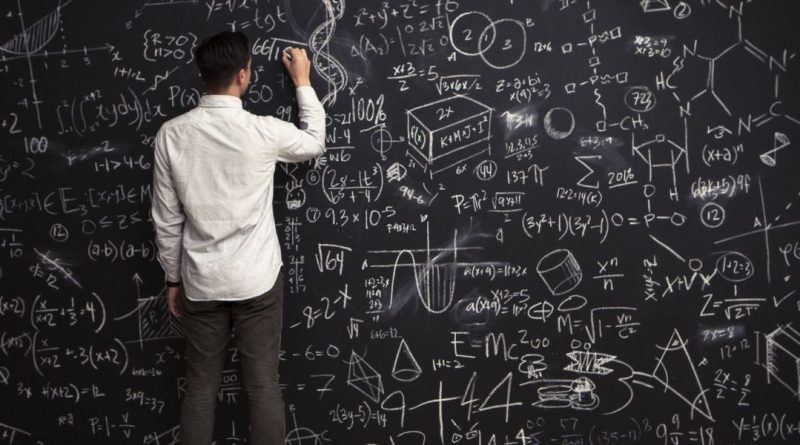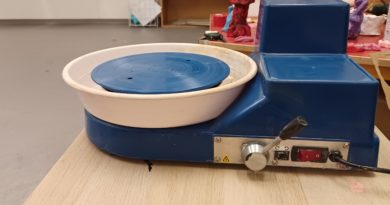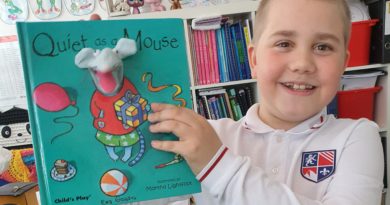“Mathematics must be taught because it puts the mind in order”
These words belong to the Russian scientist of the 18th century Mikhail Lomonosov. From primitive times to the present day, life depends on mathematical calculations of time, distance, sizes of various objects, money, recipes, vital signs of the body, etc. The accuracy and speed of performing these calculations determines the success of people at work, in everyday life, their level of health, material wealth, in other words, their level of satisfaction with life and with themselves.
The human brain, like muscles, requires constant training. The level of intelligence and development is determined not so much by the size of the brain as by the number of connections between nerve cells, neurons, especially in the frontal lobe. The cerebral cortex is like a giant computer network. If you want to quickly receive, understand, react to information, you need a large number of contacts, connections between different parts of the brain. It is not given from birth. This is formed in the process of active thinking, cognitive activity.
But back to the words of the scientist. What does it mean that mathematics puts the mind in order?
There is no chaos in mathematics. Each calculation has its own precision and value, its own specific algorithm and pattern. Mathematics teaches to think, compare, analyze, predict, figuratively imagine, establish relationships. Mathematics develops perseverance, memory, attention, logic, abstract thinking, creativity. There is no doubt about the usefulness and necessity of these skills in the daily life of each person.
Do our students have this ability? Let’s consider the example of two projects of Year 7 students.
From history, we know the case of young Karl Gauss in a mathematics lesson in grade 3. According to legend, the school math teacher, in order to keep the children busy for a long time, suggested that they count the sum of numbers from 1 to 100. Young Gauss noticed that the sum of numbers from opposite ends are the same: 1 + 100 = 101, 2 + 99 = 101, etc. and got the result instantly.
The Year 7 students of our school received the same task. Laura and Evelyn found their way of calculating and later presented it in the presentation “Can We Count Like Gauss?” (click here).
The girls solved the problem not only in the case when the sequence of numbers ends with an even number and the number of pairs of numbers can be determined. Laura and Evelyn suggested their formula for calculating, even if the last number in the row is odd. The thing is that the girls made this discovery in the lesson, without the ability to search for any information on the Internet.
Vadim, in his work “How to make calculations using the number line”, (click here) generalized theoretical information about the concepts of “number line”, “subtraction, addition, comparison” and, using specific practical examples, showed how the “number line” can be used in calculations. He invented some of their tasks himself. It is worth noting the high quality of the computer graphics. In this situation, it is clear evidence that if there is order in the brain, that is, there is order in activity, and there is a good result.
The result is of course important. But there is joy, delight, pride in yourself, when, thanks to our perseverance, patience, willpower, a difficult mathematical or any other problem was successfully solved. For these moments, it is worth learning mathematics, physics, chemistry, languages … For these moments, it is worth training our brain and becoming confident in our capabilities, becoming successful and happy, resulting in self-congratulatory phrases as “I did it!” “I can do it!”




